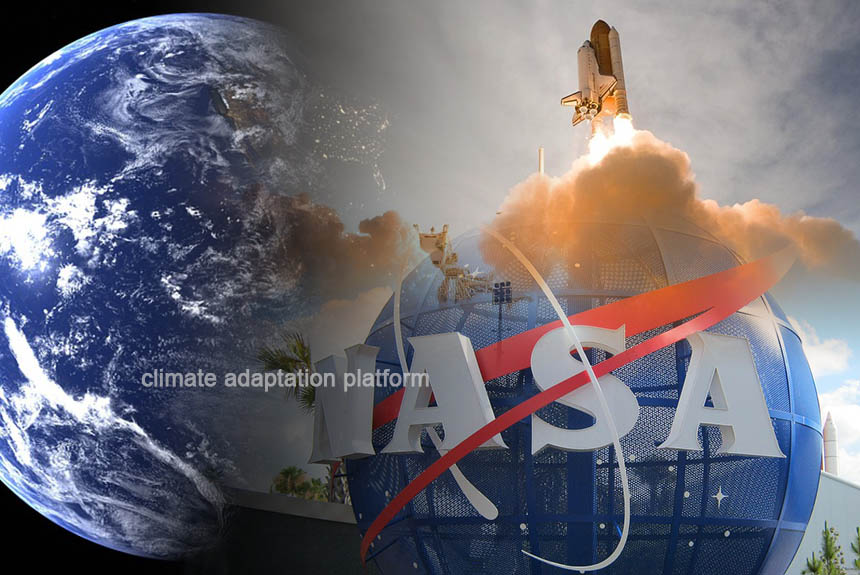NASA’s PREFIRE mission has begun collecting data on the amount of heat Earth radiates into space from Earth’s poles in the form of far-infrared radiation that the Arctic and Antarctic environments emit to space, according to NASA’s news release on 3 September 2024.
The PREFIRE mission’s two shoebox-size cube satellites collect data on the Earth’s polar heat emissions. The first PREFIRE launch, ‘Ready, Aim, PREFIRE,’ took off on 25 May 2024 from Launch Complex 1 in Mahia, New Zealand, and eleven days later, on 5 June 2024, the second satellite was put into orbit on the same site.
Measurements from these two satellites will help research better predict how climate change will affect the Earth’s ice, seas, and weather in a warming world.
The key to NASA’s PREFIRE mission is to measure the Earth’s energy budget- how much heat comes from the Sun and how much the Earth releases into space from its poles. The difference between the two determines our planet’s temperature and climate.
According to the NASA news release, “The PREFIRE mission will help researchers better understand when and where the Arctic and Antarctica emit far-infrared radiation (wavelengths greater than 15 micrometers) to space. This includes how atmospheric water vapor and clouds influence the amount of heat that escapes Earth. Since clouds and water vapor can trap far-infrared radiation near the Earth’s surface, they can increase global temperatures as part of a process known as the greenhouse effect. This is where gases in Earth’s atmosphere — such as carbon dioxide, methane, and water vapor — act as insulators, preventing heat emitted by the planet from escaping to space” (NASA Mission, 2024).
NASA scientists seek new ways to observe the planet and fill critical knowledge gaps. With the PREFIRE’s missions cube satellites, they can do both. Part of this Earth observation mission is to collaborate with universities and industry partners to achieve innovative science.
Far-infrared radiation emitted from the opposite poles has never been systematically measured until now with the PREFIRE missions. Much of the Sun’s energy is absorbed in the tropics, and the heat is carried toward the Antarctic and Arctic poles. These poles then released the heat into space through far-infrared radiation.
The two shoebox-size cube satellites will orbit the Earth in a polar orbit, informing researchers where and when far-infrared energy radiates from the Arctic and Antarctic environments into space.
“It’s so exciting to see the data coming in,” said Tristan L’Ecuyer, PREFIRE’s principal investigator and a climate scientist at the University of Wisconsin, Madison. “With the addition of the far-infrared measurements from PREFIRE, we’re seeing for the first time the full energy spectrum that Earth radiates into space, which is critical to understanding climate change” (NASA Mission, 2024).
Sources:
NASA Mission Gets Its First Snapshot of Polar Heat Emissions. (2024, 3 September). NASA. Retrieved from https://www.jpl.nasa.gov/news/nasa-mission-gets-its-first-snapshot-of-polar-heat-emissions
PREFIRE First Light. (2024). NASA Scientific Visualization Studio. [Videofile]. Retrieved from https://www.youtube.com/watch?v=uqV4Y7nqBvE
Mission Overview. (2024). Rocket Lab. Retrieved from https://www.rocketlabusa.com/missions/missions-launched/prefire-and-ice/
NASA Launches Second Small Climate Satellite to Study Earth’s Poles. (2024, 5 June). NASA. Retrieved from https://www.jpl.nasa.gov/news/nasa-launches-second-small-climate-satellite-to-study-earths-poles
A Mission to Better Understand Earth’s Polar RegionsEarth’son Overview). (2024). NASA Jet Propulsion Laboratory. [Videofile]. Retrieved from https://www.youtube.com/watch?v=mqnazON0cco&t=67s



Leave a Reply